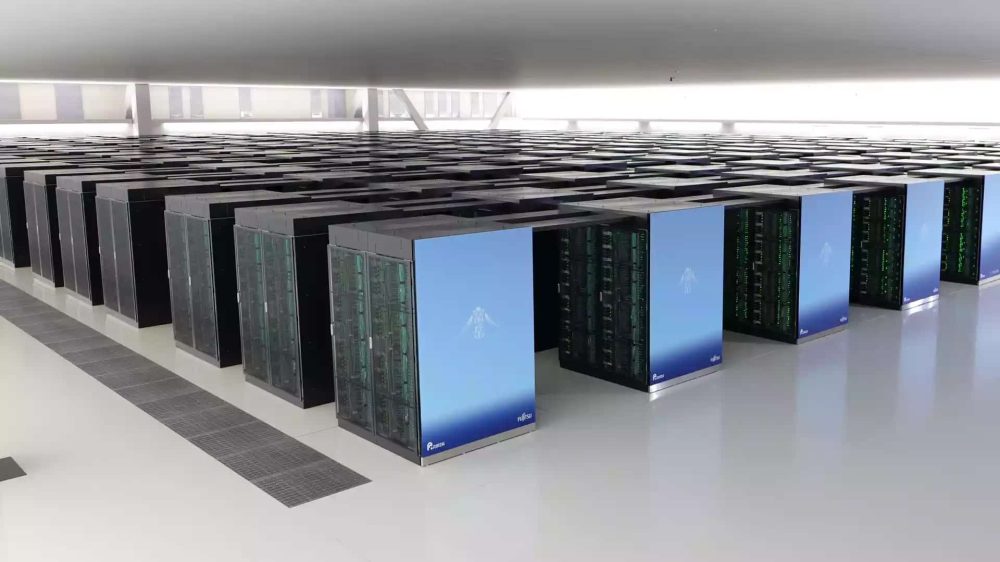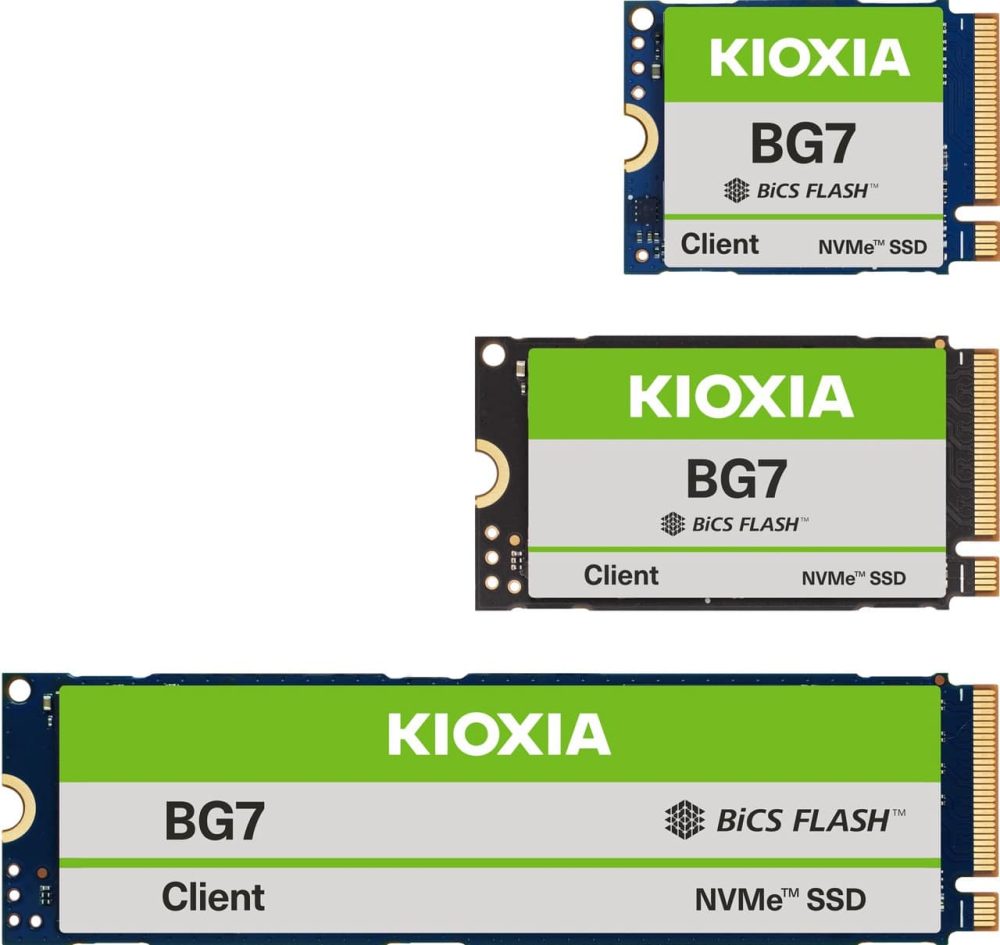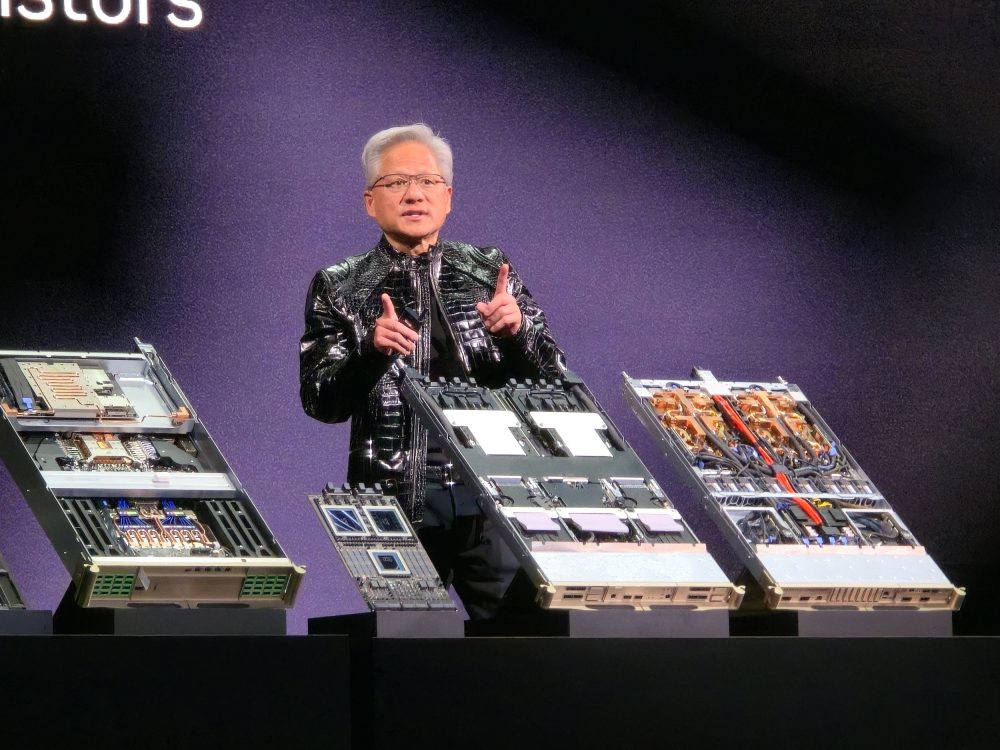In June 2025, Fujitsu and RIKEN unveiled their most ambitious project yet: FugakuNEXT, a $750 million initiative that promises to propel Japan into the undisputed lead in global supercomputing. More than just a machine, FugakuNEXT is a statement of intent: that Japan will define the next frontier of AI-powered science, national resilience, and industrial leadership.
With NVIDIA joining forces to supply GPU acceleration, FugakuNEXT is poised to become the world’s first zetta-class supercomputer, a system 1,000 times faster than today’s most advanced American machines. If successful, it could redraw the global balance of technological power.
From Fugaku to FugakuNEXT: A Legacy of Leadership
Japan’s supercomputing journey is a story of consistent ambition. The original Fugaku, launched in 2020, stunned the world with 415.5 Linpack petaflops, claiming the #1 spot in global rankings. More importantly, it proved indispensable during the COVID-19 crisis, running complex simulations for viral spread and treatment research.
But even before Fugaku had finished its reign atop the charts, Japan was already planning its successor. By 2022, MEXT (the Ministry of Education, Culture, Sports, Science and Technology) launched feasibility studies, laying the foundation for what would become FugakuNEXT. That early vision has now matured into a project bold enough to challenge not just the U.S.’s exascale Frontier supercomputer, but to leap into a new era entirely.
What Makes FugakuNEXT Different
Unlike previous generations, FugakuNEXT is not just about “being the fastest.” It is about redefining the role of supercomputing.
Key Features:
- Zetta-Class Power: Targeting performance 1,000× greater than today’s top machines.
- AI-HPC Integration: The first Japanese flagship system to natively merge HPC and AI, designed as a unified “AI-HPC platform.”
- GPU Acceleration: NVIDIA GPUs join Fujitsu CPUs in a balanced architecture, maximizing workloads from molecular design to real-time disaster simulation.
- Made-in-Japan CPUs: Powered by FUJITSU-MONAKA3 and its successor, MONAKA-X, which push the limits of 2nm efficiency, 3D packaging, and ultra-low-voltage operation.
- Sustainability and Efficiency: Energy optimization is built into the design, not added later, crucial as power demands skyrocket in the zetta era.
The Strategic Vision: AI for Science
Japan has branded FugakuNEXT as a platform for AI for Science, not just raw number crunching. The supercomputer will be tasked with accelerating discoveries in:
- Drug discovery → faster molecular modeling, reducing time-to-clinic for new therapies.
- Climate science → predictive simulations of extreme weather, vital in a disaster-prone nation.
- Disaster prediction & mitigation → modeling earthquakes, tsunamis, and urban resilience scenarios.
- Industrial innovation → optimizing everything from crash-test safety to clean energy solutions.
This focus underscores Japan’s desire to make FugakuNEXT more than a technological marvel; it is designed as an instrument of national resilience and global leadership.
The Global Shockwaves
Here’s where things get geopolitical. With FugakuNEXT, Japan is openly challenging the United States’ dominance in supercomputing. America’s Frontier at Oak Ridge was celebrated as the first exascale machine, but FugakuNEXT’s ambition is nothing less than to leapfrog straight into zetta-scale.
If successful, the impact could be seismic:
- In research: Whoever controls zetta-class power will define the pace of breakthroughs in biotech, energy, and climate.
- In AI: Zetta-scale systems may become the ultimate training grounds for foundation models, threatening the U.S.’s GPU-centric AI advantage.
- In geopolitics, Japan positions itself not just as a tech player but as a computational superpower, indispensable to global science and industry.
A New Tech Triangle
The collaboration itself is telling:
- RIKEN brings decades of supercomputing software and scientific expertise.
- Fujitsu supplies the system design and CPUs, further solidifying its Made-in-Japan semiconductor leadership.
- NVIDIA, the global leader in AI hardware, ensures FugakuNEXT is integrated into the heart of the AI ecosystem.
This triad makes FugakuNEXT as much an industrial alliance as a machine. It’s Japan saying: we can out-compute, out-innovate, and out-collaborate.
Pros & Cons of FugakuNEXT
Pros:
- Leapfrog Potential: First mover on zetta-scale, reshaping the global tech race.
- AI-HPC Integration: True convergence of simulation + AI.
- National Resilience: Direct applications in disaster management and climate science.
- Strategic Partnerships: Fujitsu, RIKEN, and NVIDIA form a formidable ecosystem.
Cons:
- Timeline Risk: Targeting ~2030 leaves time for the U.S., China, or Europe to catch up.
- Power & Cost: Zetta-class systems could demand extreme energy and operating budgets.
- Software Bottlenecks: Hardware without optimized AI/HPC algorithms risks underutilization.
- Geopolitical Pushback: A Japan-led breakthrough may provoke U.S. or Chinese countermeasures in export controls and partnerships.
A Superpower in the Making
FugakuNEXT is more than Japan’s next supercomputer. It’s a statement of global intent: that Japan will not only keep pace with the U.S. and China but leapfrog them in one of the most strategically important technologies of our time. By uniting AI and HPC into a single platform, FugakuNEXT points to a future where supercomputers are not just tools of scientists but engines of national policy, industrial transformation, and even global balance.
The next five years will decide whether FugakuNEXT becomes a symbol of Japanese resurgence or an over-ambitious gamble. But one thing is sure: the race to zetta-class computing has begun.


